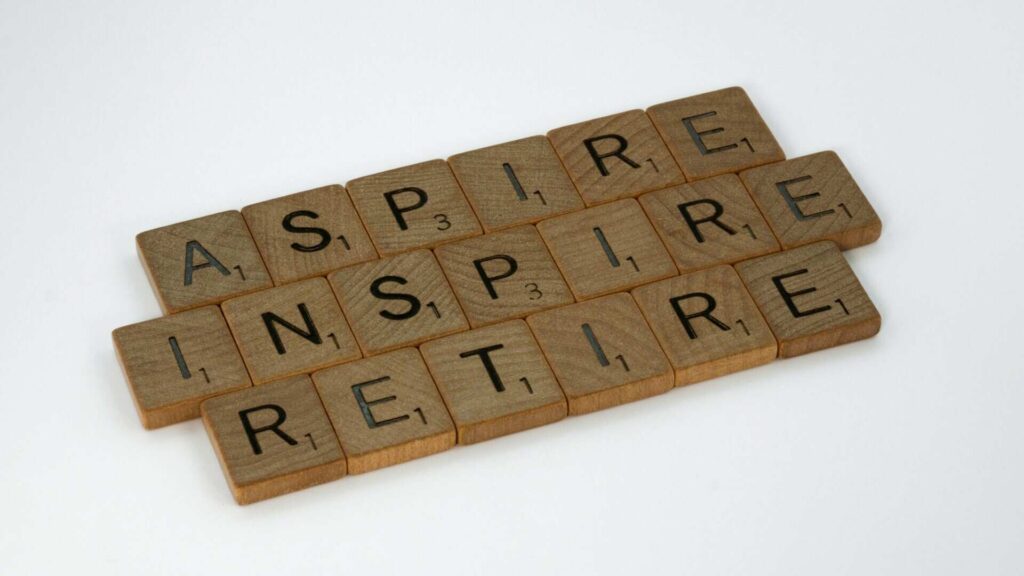
FIRE VS LeanFIRE VS FatFIRE
The concept of F.I.R.E (Financial Independence Retire Early) has caught the fancy of people who strive to retire early and leave worrying about money forever. Here we will explain what exactly fire, FatFire, and LeanFire are and the pros and cons of each one of them. So here we go with FIRE VS LeanFIRE VS FatFIRE.
What is FIRE?
Who doesn’t want to have enough in their portfolio so that they don’t have to worry about money for the rest of their life? The FIRE (financially independent, retire early) movement is a social movement that encourages people to save money and invest to achieve financial independence and retire early. The movement has gained popularity in recent years, with a growing number of people sharing their stories and tips online. FIRE can be called a burning desire to retire early with enough savings to leave an independent life.

Happy Retirement is Where you have Financial Independence and the choice to lead life your way. Image via unsplash.com
The FIRE movement has helped people to change the way they think about retirement. No longer is retirement something that happens at a certain age after years of working. Instead, retirement is something that can be achieved at any age, as long as you are willing to save and invest wisely.
Suggested Read: 12 Books For People Who Want To Pursue FIRE Lifestyle
Types of FIRE
There are a number of different ways to achieve FIRE, but the most common approach is to save a high percentage of one’s income, invest in a diversified portfolio of assets, and then live off the income from those investments.
The goal is to reach a point where one’s investment income covers all of one’s living expenses, allowing for a comfortable retirement at a young age.
- Fat FIRE: Fat FIRE is when you retire early and live a lavish lifestyle afterward.
- LeanFIRE: Lean FIRE means to retire early but with an amount where you can lead a lean and simple lifestyle.
- CoastFIRE: Coast FIRE refers to when you have savings for retirement but you need to work to cover your living expenses.

How to achieve LeanFIRE?
Lean FIRE is a term used to describe the financial strategy of retiring early with a minimal amount of money. The idea is to save up enough money to cover your basic living expenses so that you can then live off of your investments and other sources of passive income.
To calculate how much money you need to retire early, you first need to determine your annual expenses.
Let’s say your annual expenses are $30,000. This means you would need a nest egg of $750,000 to retire if you plan on living off of 4% withdrawals each year. You can use a FIRE calculator to get your FIRE number.
The following steps will help you to achieve lean FIRE-
- Calculate your monthly expenses and make sure that they are realistic. This includes your regular expenses like food, shelter, and transportation as well as your FIRE-related expenses like investing and saving.
- Make a budget and stick to it. This will help you keep track of your expenses and make sure that you are not spending more than you can afford.
- Invest in a mix of assets that will give you the best chance of achieving your FIRE goals. This might include stocks, bonds, real estate, and other investments.
- Automate your finances as much as possible. This includes setting up automatic transfers to your investment and savings accounts as well as setting up bill pay for your regular expenses.
- Stay disciplined with your spending. This means avoiding unnecessary purchases and sticking to your budget.
- Have a plan for withdrawal. This includes figuring out how much you will need to withdraw each month to meet your expenses.
- Review your progress regularly. This will help you stay on track and make adjustments to your plan as needed.
Of course, everyone’s situation is different, and there is no one-size-fits-all answer when it comes to retirement planning. But if you’re looking to retire early on a lean budget, LeanFIRE may be right for you.
How to achieve FatFIRE?
Fat FIRE is all about achieving financial independence with a high living standard.
Your Fat FIRE number depends on how luxurious a life you want to have after retirement and how much you need to have in your investment portfolio for it.
To achieve it you need to have 25 times your yearly spending in your investment portfolio.
Let’s assume your Fat FIRE number is $100,000/year in retirement.
Then if you accumulate $2.5 million, you reach your Fat FIRE.
Lean FIRE vs Fat FIRE
The main difference between these is how luxurious a life you want to live after your retirement. Let’s have a look at the pros and cons of both the FIRE
Pros of LeanFIRE
- You can get financial independence quicker than Fat FIRE.
- As you don’t have a large number to chase in your investment portfolio, the stress is less.
- If you are someone who believes in minimalism and living life without worrying about money, LeanFIRE is for you.
Pros of FatFIRE
- Fat FIRE people can live a luxurious lifestyle without worrying about money.
- It’s easier to build generational wealth for them.
- They can take more risks to create more wealth
Cons of Lean FIRE
- With rising inflation or recession, it can become difficult to bear the cost of living.
- Lean FIRE is easier for those with no kids. It is hard to live frugally with kids.
Cons of Fat FIRE
- You may have to work for a longer time to reach your Fat FIRE number
- One needs to invest wisely to get the highest ROI of your investment
Final Thoughts: FIRE VS LeanFIRE VS FatFIRE
So we hope, you got clarity on the topic of FIRE Vs LeanFire Vs Fatfire. You may also get to know if the path of F.I.R.E is right for you or not. Also if you decide to follow the path of FIRE, you may come to decision on whether to go with FATFire or with the LeanFire approach.
How does Secvolt help you to reach Fat FIRE?
The average interest rate people get from the stock market or bonds is 10-12%. After inflation and tax, the number goes down below 6%. While investing with Secvolt, you get 10-12 times more returns than the average market with less risk. Secvolt is an asset management firm that specializes in helping people retire early.
Visit secvolt.com to check 110+ live case studies.





